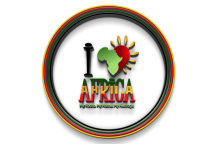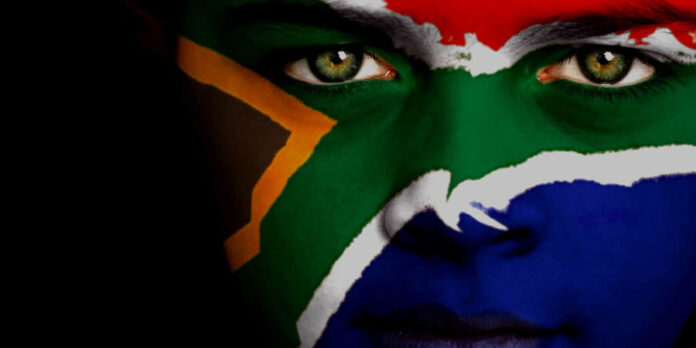
The continent of Africa has over 50 independent countries and some of the most beautiful flags to go along; but the flags of African nations each carry a symbolic meaning within.
The flag of each country perfectly captures the history of the people, traditions, culture, and the hopes that they all seem to have for a brighter tomorrow. Let’s find out more!
Did you know that: The most frequently used colors on African flags are green, yellow red and black?
Beautiful African flags examined
Here is a list of some of the most beautiful flags on the African continent:
Flag of Mozambique

The flag of Mozambique is designed with three stripes of equal width. The top horizontal stripe is green; the second stripe is black and bordered above and below by a thin white stripe and the third stripe is yellow.
On the left side of the flag, is a red isosceles triangle that is drawn horizontally so that it points to the center of the flag. Drawn in the center of the triangle is a five-point start with part of the country’s coat of arm on it. Another interesting detail is a Kalashnikov assault rifle (AK-47) and a hoe crossed over an opening book.
The red on the flag represents the nation’s struggle for independence. The yellow symbolizes the country’s rich mineral deposits and the green represents the lushness of the land. Black represents the African continent and the white is a symbol for peace.
The five-pointed star is a symbol for Socialism and Internationalism. The open book symbolizes the importance of education to the growth and development of the nation.
The Kalashnikov assault rifle shows that the people of Mozambique are vigilant and will defend their rights and freedom. Lastly, the hoe encapsulates the country’s peasantry and agriculture.
Flag of Democratic Republic of Congo

The flag of the Democratic Republic of Congo is sky blue with a red stripe that cuts it diagonally. The red stripe is bordered on both sides by thin yellow stripes; a yellow five-pointed star appears in the upper hoist corner.
The blue on the flag stands for peace and hope. The red represents the blood of those who died in the country’s fight for freedom. The yellow is a symbol of the country’s wealth and prosperity. The star is a symbol of unity and the hope of the people for a brilliant future.
Flag of Burundi

The Burundi flag consists of two white stripes that run diagonally across the flag dividing it into four sections. At the center of the flag is a disk with three six-pointed stars that are outlined in the green.
The sections to the left and right of the disk are green and the sections that are above and below the disk are red. The red on the flag stands for the blood that was shed in the struggle for independence.
The green represents the people’s hope for a better future and the white stands for peace. The three stars at the center of the flag represent Burundi’s motto, “Unitè, Travail, Progrès” which when translated to English means “Unity, Work, and Progress.”
The three stars also symbolize the three indigenous ethnic groups of Burundi, the Hutu, Tutsi, and the Twa.
Flag of Liberia

The flag of Liberia is designed with 11 stripes in alternating red and white. In the upper right corner of the flag is a blue square with a white five-pointed star in the center.
The flag bears a close resemblance to that of the flag of the United States of America as Liberia was established by freed African-American and ex-Caribbean slaves.
The eleven white stripes represent the eleven (11) men who signed Liberia’s Declaration of Independence. The blue rectangle represents the continent of Africa and star, the shining light of Liberia.
Flag of Uganda

The flag of Uganda was accepted on October 9th, 1962. This is the same date that the country won it’s independence from the British Empire. The flag consist of six (equal) bands: black, yellow, and red. In the center of the flag is a white disc which draws the eye to what’s inside: the national symbol.
The grey crowned crane which stands proudly on one leg in the center of the flag, faces the hoist side. The symbolism behind the three colors used. Black represents the black people of Africa. The yellow for Africa’s unmatched sunshine, and the red for African brotherhood.
The red is the color of blood that connects and unites all African people. The crane used as a symbol is legendary for it’s gentle nature, and also served as the military badge for Ugandan soldiers under British rule.
It’s raised leg means the crane is moving forward, which is symbolism for the Ugandan nation making strides into the future.

